Lecture
Plan
1. The conceptual apparatus of question-answer speech
2. Classification of questions.
3. Classification of answers.
4. Question-answer form in the legal process
1. The conceptual apparatus of question-answer speech
Speech communication is a complex two-way process of interaction between people, a dialogue that, in most cases, involves asking questions on the one hand, and answering them on the other. In the question-answer form, as a rule, there are conversations, negotiations, consultations, telephone conversations, etc. Questions help to attract the interlocutor's attention, to attract him, to establish trust with him, to get the necessary information, to encourage specific actions.
Oratorical performance is rarely without questions and answers. The questions that the speaker asks the audience, activates them, excites interest in the topic of the speech, stimulates effective perception. Questions from the audience are a kind of barometer of her mood, forcing the speaker to correct her speech.
The ability to correctly formulate questions and skillfully answer them largely determines the effectiveness of a public dispute. The correctly posed question gives the opportunity to clarify the point of view of the opponent, to get additional information from him, to understand the attitude to the problem under discussion. A successful response strengthens the position of the polemicist, strengthens the argument put forward thesis.
The question-answer form plays a special role in the judicial process. As V.I. Kirillov and A.A. Starchenko note, it serves as a procedural-legal algorithm defining the main directions, the most important positions and limits of judicial research in criminal and civil cases. "The search for answers to questions of interest and trial questions constitutes the main content of interrogations, investigative experiments, examinations, confrontations and many other investigative actions." Thus, in the Criminal Procedure Code of the Russian Federation, Article 299 defines the sequence of issues resolved by the court in sentencing.
“The ability to raise intelligent questions is already an important and necessary sign of intelligence or insight. If a question in itself is meaningless and requires useless answers, then apart from shame for the questioner, he sometimes has the disadvantage that leads an imprudent listener to ridiculous answers and creates a funny sight: one (according to the ancients) milks the goat, and the other holds a sieve under it “, - wrote the German philosopher I. Kant.
Question and answer are certain logical forms.
A question is a thought expressed in an interrogative sentence aimed at clarifying or complementing knowledge. The question is based, as a rule, on a certain knowledge system. Every question first of all includes the initial information, which is called the baseline or the premise of the question. In addition, in the question there is an indication of its insufficiency and the need for further addition and expansion of knowledge. The question is not a judgment, therefore it is not true or false. To ask a question, you need to have already some idea of the discussion. To answer the question, we also need knowledge, the ability to correctly assess the content and nature of the question.
The answer is a new judgment that clarifies or complements the previous knowledge in accordance with the question posed. The knowledge obtained in the answer, expanding or refining the source information, often serves as a basis for raising new questions.
In modern scientific, educational and methodical literature there are different classifications of questions and answers.
2. Classification of questions
The most common are the classification of questions for the following reasons: semantics, functions, structure, relation to the topic under discussion, relation to the addressee.
1. Correctly set, or correct, and incorrectly set, or incorrect, questions (on semantics).
Without being a statement or a denial, the question is based on a certain basic knowledge. If the basis, prerequisites are true judgments, then questions are considered to be correctly posed, or correct. Incorrectly posed, or incorrect, are questions that are based on false or indefinite judgments. For example, the question “Why do you constantly have conflicts with colleagues?” Will be incorrect in relation to a benevolent person who is in contact with co-workers. First, it was necessary to find out whether he had conflicts at work, and then, with a positive answer, to clarify why and how often.
2. Clarifying, or whether-questions, and in complying, or something (in function).
Clarifying (closed) questions are aimed at finding out the truth or falsity of the judgment expressed in them. For example: “Was the meeting of the commission on work with minors really held?”, “Is it true that a new notary office opened in our city?”.
In sentences containing closed questions, the particle is used, which is their grammatical feature. The answer to such questions is usually limited to yes or no. Filling (open) questions are associated with the clarification of new knowledge regarding events, phenomena, subjects of interest to the listener. The grammatical signs of such questions are the question words: who, what, where, when, how, why , etc. For example, the above closed questions can be converted to open: "When was the meeting of the commission for work with minors held?", "In which area of our city opened a new notary office? "
3. Simple and complex issues (by structure).
Clarifying and completing questions are simple and complex. Simple questions can not be dissected, they do not include other questions. Difficult questions can be divided into two or more simple ones. We give examples. The clarifying question "Is it true that the defendant was charged under articles 103 and 144 2. of the Criminal Code of the Russian Federation?" Is difficult. It consists of two simple ones (“Is it true that the defendant was charged under article 103 of the Criminal Code of the Russian Federation?” And “Is it true that the defendant was charged under article 144 part 2. of the Criminal Code of the Russian Federation?”). Answers to them may be different. In the challenging complex question “When and in which area of our city a new notary office will be opened” also can be divided into two simple questions: “When will our new notary office be opened in our city?” And “In which area of our city will the new notary office be opened? »A challenging complementary question includes several question words.
Difficult questions often cause difficulties for respondents; they can confuse them, so it is recommended to use simple questions.
Depending on the type of link, complex questions can be connecting (two or more simple questions are connected by a union and), separation (two or more simple questions are connected by a union or ), mixed (a combination of connecting and separation questions).
4. Questions on the merits of the topic and questions on the merits of the topic (in relation to the topic under discussion).
The question on the substance of the topic is directly or indirectly related to the problem under discussion; The answer to this question clarifies or supplements the source information. The question is not essentially irrelevant to the topic. It is often put to deliberately delay the discussion, to get away from solving the main issues.
It should be borne in mind that the issues on the merits of the topic sometimes become acute , as they affect actual, vital, fundamental problems. The answer to such questions requires a certain courage and appropriate psychological preparation. It is not necessary to lubricate the questions posed, to evade them, it is necessary to give a truthful and honest answer.
Of course, the directly asked question often puts the opponent in a difficult position, it can cause confusion and embarrassment.
5. Beneficial and unfavorable questions (in relation to the addressee).
The questions reflect the attitude towards the speaker, the desire to either support or discredit him and the opinions expressed by him in the eyes of those present.
In relation to the addressee, questions are neutral, benevolent and unfriendly, hostile, provocative. Therefore, it is necessary to determine the nature of the question by the formulation of the question, by the tone of the voice, in order to work out the correct tactics of behavior. Neutral and benevolent questions should be answered calmly, trying to explain one or another expressed position as clearly as possible. It is important to show maximum attention and respect for the questioner, even if the question is not precisely formulated, not quite correctly. Irritation and dismissive tone are unacceptable.
However, we must not forget that sometimes questions are raised not in order to clarify the essence of the matter, but in order to put the interlocutor in an awkward position, express distrust of his arguments, show his disagreement with his position, in a word, defeat him.
Answering the unfavorable questions, one should reveal their provocative essence, expose the position of the opponent and give a fitting rebuff.
In the process of communication, as a rule, one has to deal with all the types of questions listed above. Communicators are useful to take into account the advice of the famous English philosopher Francis Bacon:
“Anyone who asks a lot of questions learns a lot and receives a lot, especially if his questions relate to subjects, especially well-known to those whom he asks, because by doing so he gives them an opportunity to indulge in conversation, while he constantly enriches his mind knowledge. However, his questions should not be too difficult, so that the conversation did not look like an exam. He must also act in such a way that all other people are given the opportunity to speak in turn. ”
2. Types of answers
Popular wisdom says: "What is the question, is the answer." The variety of types of questions implies different types of answers. Like questions, answers are classified for various reasons. The following types of answers are distinguished:
1) On the merits of the question and not on the merits of the question (in relation to the question). The answer on the merits of the question is fulfilled its main purpose - it clarifies the available information or reports a new one. If the answer is unrelated to the question, it is regarded as a “non-substantive answer” and is not considered. Such answers appear when the respondent either did not understand the question asked, or consciously tries to avoid answering, to transfer the conversation to another topic.
2) True and false (in relation to reality). If the answer contains judgments that correctly reflect reality, it is considered true. An answer that is not true is false.
3) Direct and indirect (depending on the scope of the search for an answer). Direct answers do not require additional constructions and reasoning; they reproduce the question matrix. For example: “In what year was the judicial reform carried out in Russia?” - “The judicial reform in Russia was carried out in 1864”. An indirect response requires the use of a wider search field response. The necessary information in the indirect response is obtained excretory. So, to the question "In what year was the judicial reform carried out in Russia?" One can give an indirect answer: "The judicial reform in Russia was carried out three years after the peasant reform of 1861." In this case, the respondent has information about the time of the judicial reform, as well as information about when the peasant reform was carried out.
4) Brief and detailed (grammatical structure). Short answers contain only one element expressing negation or affirmation (no, yes) or eliminating uncertainty by changing the question. Short answers do not reproduce the question matrices. For example: “Defendant, do you plead guilty?” - “No!”; “Who is the author of the book“ Dispute. About the theory and practice of the dispute "?" - "Povarnin".
Detailed answers repeat all elements of the question. Here are the detailed answers to the questions given above: “Defendant, do you plead guilty?” - “No, I do not plead guilty.” "Dispute. On the theory and practice of the dispute "is the Russian logician S. I. Povarnin".
5) Complete and incomplete (in terms of information). The complete answer contains information on all elements of the question. So, to the difficult question “Where, when and by whom was the crime committed?” Will the full answer be: “The crime was committed by Avdeev on the territory of the plant on February 25, 2002”. The incomplete answer contains information only on some elements of the question. Examples of incomplete answers to the question “Where, when and by whom was the crime committed?” - “The crime was committed by Avdeev on the territory of the plant” (there is no answer to the question “when?”); “The crime was committed on the territory of the plant on February 25, 2002” (there is no answer to the question “by whom?”).
6) Accurate (defined) and inaccurate (undefined) (by degree of accuracy) . The inaccuracy of the answers is often associated with the ambiguity of the concepts used, as well as with the uncertainty of the question words (who? What? Where? When? How? And others). Outside the context of a specific situation, question words are not always clear. For example, in the question “Who committed the crime?” The word who can be implied: surname, name, patronymic of the criminal; age characteristic (teenager, young man, elderly person, etc.); nationality (Russian, Tatar, Uzbek, etc.); profession (worker, accountant, engineer, etc.). The answer to the question when? may contain an indication of the year, month, day, time of day, etc. Uncertainty often arises when answering complex questions, elements of which involve both affirmation and denial.
Regardless of the type and nature of the question, one should strictly adhere to the basic principle - to answer the question only when its essence is completely clear, when you know the correct answer. Otherwise, you can get into an unpleasant situation and find yourself in the anecdotal situation of people who answer the question of what is “fargelet”. It is said that one person asked this question to all lecturers for fun. Not wanting to drop themselves in the eyes of the audience, everyone tried to answer the question in their own way. The international lecturer explained that this is the name of a new independent state in southern Africa. The botanist talked about a plant in the middle zone of our country, and the doctor believed that this was a new drug. Everything turned out to be much easier. When the prankster went to work, he saw the sign "telegraph", and, returning home, he read it the other way around - "fargelet".
The famous Syrian encyclopaedist writer Abul-Faraj, who lived in the XIII century, has this parable:
“Someone told about his teacher that once he was asked more than fifty questions that he, without undue embarrassment, refused to answer, citing ignorance. “I don't know,” he said, even when he knew, but he doubted something. He was wont to answer only those questions that he perfectly understood. ”
Outstanding sculptor Ernst Neizvestny said that his favorite activity at one time was to ask the great scientists Landau, Kapitsa, Niels Bohr and other naively provocative questions:
“I asked ingenuously: could you briefly explain to me what you are working on now? And what is striking is that a great scientist could always state in a few words to a layman the essence of his professional task. Of course, he did not touch all of its depth and complexity, but the most basic was formulated simply and clearly, that is, at the question level you can always give a specific answer. ”
In communication a witty answer is very much appreciated. The resourcefulness of a person, his ability to orient himself in the setting, to find the most accurate words for a given situation, and the speed of reaction help to get out of a difficult situation. One of such scenes is described by N. G. Garin-Mikhailovsky. At the Institute of Technology, students demanded the abolition of a severe administration order, according to which it was not allowed to postpone the exams. As a result, about two hundred people were to be excluded. At the meeting they invited the director. He was pale, but hard. He diligently avoided any explanation of reasons and certain promises. All attempts to persuade him to nothing lead. The behavior of the director was incomprehensible - as he had previously sought popularity among students. After making sure that another person was standing in front of them, the students decided to boo the director.
“- Dear Mr. Director,” the student standing with Lario ironically shouted respectfully, and a wide passage formed from the middle of the hall to the door.
In suspense, the crowd froze.
“I ask you, gentlemen,” the director said, pointing to the passage, in the same tone as the student, “I will be the last to go out.”
These words were spoken calmly, confidently, even cheerfully. A burst of applause was a response to the director’s resourcefulness.
“But you promise us assistance in canceling an exam order?” - someone asked.
“For my part, I said that I would do everything ... The students silently exchanged glances and one after another left the hall.”
5. Question-answer form in the legal proceedings
Possession of a question-answer form of verbal communication, knowledge of the mechanism of questioning and answering them becomes of great importance in the judicial-investigative practice, during the judicial investigation, and also during the judicial debate.
Psychologists note that the issues themselves, their content, form, sequence can have a strong persuasive effect. A well-thought-out question may contain more significant information than the answer to it, become an imperceptible clue for the “correct” answer, direct the opponent's thought in the right direction.
Американские специалисты провели серию экспериментов с целью выяснить, каким образом наводящие вопросы могут повлиять на показания очевидцев. В одном из исследований испытуемым показывали фильм, изображающий аварию с участием множества автомобилей. После фильма некоторых испытуемых спросили: «С какой примерно скоростью шли автомобили, когда они врезались друг в друга?». Остальным испытуемым задали тот же вопрос, но слово врезались было заменено словом ударились. Те, кого спрашивали о врезавшихся автомобилях, полагали, что автомобилишли значительно быстрее, и через неделю после просмотра фильма были склонны заявлять, что в сцене аварии присутствовало разбитое стекло, хотя в фильме разбитых стекол не было.
Как показали исследования, наводящие вопросы могут влиять не только на оценку фактов, но и на воспоминания о том, что произошло. Например, испытуемым демонстрировали ряд слайдов, изображающих несчастный случай с автомобилем и пешеходом. На одном из слайдов зеленый автомобиль проезжал мимо места аварии. Сразу после просмотра слайдов половину испытуемых спросили: «Была ли на крыше синего автомобиля, проезжающего мимо места аварии, рама для лыж?». Остальным испытуемым задали тот же вопрос, но слово синий убрали. Результат показал, что испытуемые, которых спрашивали о «синем» автомобиле, были более склонны неверно утверждать, что видели синий автомобиль (на слайде он был зеленым). Простой вопрос исказил их память.
В учебниках по юридической психологии формулируются основные требования, предъявляемые к вопросам следователя. К ним относятся: смысловая однозначность, простота конструкции, лаконичность, отнесенность к предмету допроса, системность (вопросы должны быть выстроены в соответствии с логическими этапами разрешения следственно-познавательных задач), отсутствие воздействия.
М. Н. Еникеев приводит классификацию вопросов следователя по степени возрастания их воздействия:
1) нейтральные вопросы (формулировка ответов на них полностью зависит от инициативы допрашиваемого лица);
2) разделительные вопросы («или — или»);
3) альтернативные вопросы (требуют положительного или отрицательного ответа);
4) вопросы косвенного внушения (вопросы, предоставляющие право выбора между двумя ответами, но положительный ответ на один из них соответствует ожиданию спрашивающего — «Не в кепке ли был человек, нанесши потерпевшему удар ножом?»);
5) вопросы прямого внушения («Находился ли Сидоров на месте происшествия» вместо вопроса «Кто находился на месте происшествия?»);
6) вопросы ложного содержания, рассчитанные на эффект так называемой «ловушки» и являющиеся приемом психологического насилия («Был ли Сидоров трезв во время совершения преступления?», хотя еще неизвестна причастность Сидорова к преступлению).
Следует иметь в виду, что наводящие и внушающие вопросы запрещены Уголовно-процессуальным кодексом, так как они не соответствуют задачам следственной деятельности, затрудняют выяснение истины.
Большое внимание умению вести допрос в процессе судебного следствия уделял П. С. Пороховщиков. «Обвинитель и защитник должны обладать как искусством красноречия, так и искусством вести судебное следствие, и надо помнить, — подчеркивал он, — что второе важнее первого».
В книге «Искусство речи на суде» приводятся практические советы и рекомендации по поводу использования вопросов в судебном заседании. Приведем эти указания:
1. Не следует спрашивать свидетелей об обстоятельствах самоочевидных или бесспорно установленных. Это потеря времени.
2. Не следует спрашивать об обстоятельствах безразличных. Это тоже потеря времени.
3. Каждый вопрос должен быть основан на разумном расчете.
4. Do not ask questions when the chances of a successful answer are low.
5. One should be careful in asking about unknown or doubtful circumstances.
6. Should not offer ... children's issues.
Example.The witness shows that Alexander was courting Antonova; civil plaintiff asks:
- Tell me, please, what do you mean by the word ear lived?
Another example. The prosecutor asks the defendant:
—Why did you raise the corpse? What was still alive man?
—No, no.
-Dead?
-Dead.
“Very dead?”
- Very dead.
7. Each question must have a specific goal.
8. It is necessary to stop on time.
Example.The witness saw two murderers leaving the apartment of the murdered woman; he recognizes the first of the defendants; Defender of the second defendant asks:
“Do you remember another man with a red mustache?”
- I remember.
The defender pointed to the second defendant and asked:
“Was it not this one?”
-Not this one.
Enough This is all that is required for protection. But the defender asks:
—Вы ясно и решительно утверждаете: не этот? Преступная неосторожность! Свидетель может ответить или да win нет. Ответив «да», он нимало не усилит своегопоказания, защитник и без последнего вопроса имел полное право сказать, что свидетель говорит ясно и решительно. Если свидетель ответит: нет, решительно утверждать не могу, — показание, спасшее подсудимого от каторги, сведено к простому предположению: стальная броня превращена в тряпку.
9. Не задавайте вопросов, толкающих на ложь.
Example. Подсудимый обвиняется в грабеже. Он утверждает, что признался в участке, потому что был сильно избит. Улики слабы; заявление может иметь значение. Спросите сторожа, дворника, городового, задержавших подсудимого:
“Is it true that they beat him badly?” The answer can be suggested in advance:
—No, no.
—Ask for:
- Someone thanked him? The witness will not hear the question.
“Did you teach him a little?”
If the detainee was indeed beaten, the witness will in most cases respond without guile:
- I taught a little.
-Little bit?
- Yes, so little.
- And maybe someone pushed him stronger ? If the beatings were strong, the witness will in most cases tell the truth again.
10. It is necessary to be careful of the rash conclusion on unfairness of the witness.
«Свидетель окончил свое показание: вы сравниваете его слова с протоколом следователя. Он забыл одно, перепутал другое. Не торопитесь уличать его во лжи; помните, что и следователи часто ошибаются; не возвращайтесь назад, а ведите его дальше; предложите несколько вопросов в сторону от главного вопроса, потом коснитесь его с другой стороны; путем нескольких таких вопросов вы уясните себе причину противоречия и подойдете к истине настолько, насколько знает ее допрашиваемый. Это, повторяю, легко, но запутать, сбить с толку свидетеля еще легче. Выбирайте».

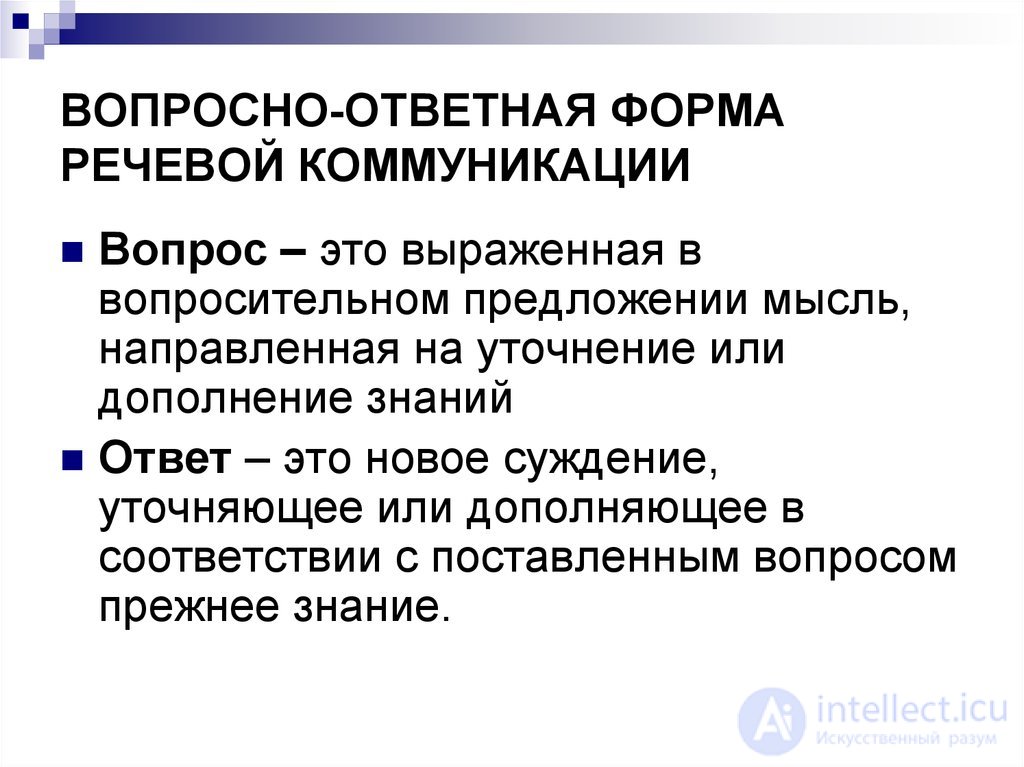
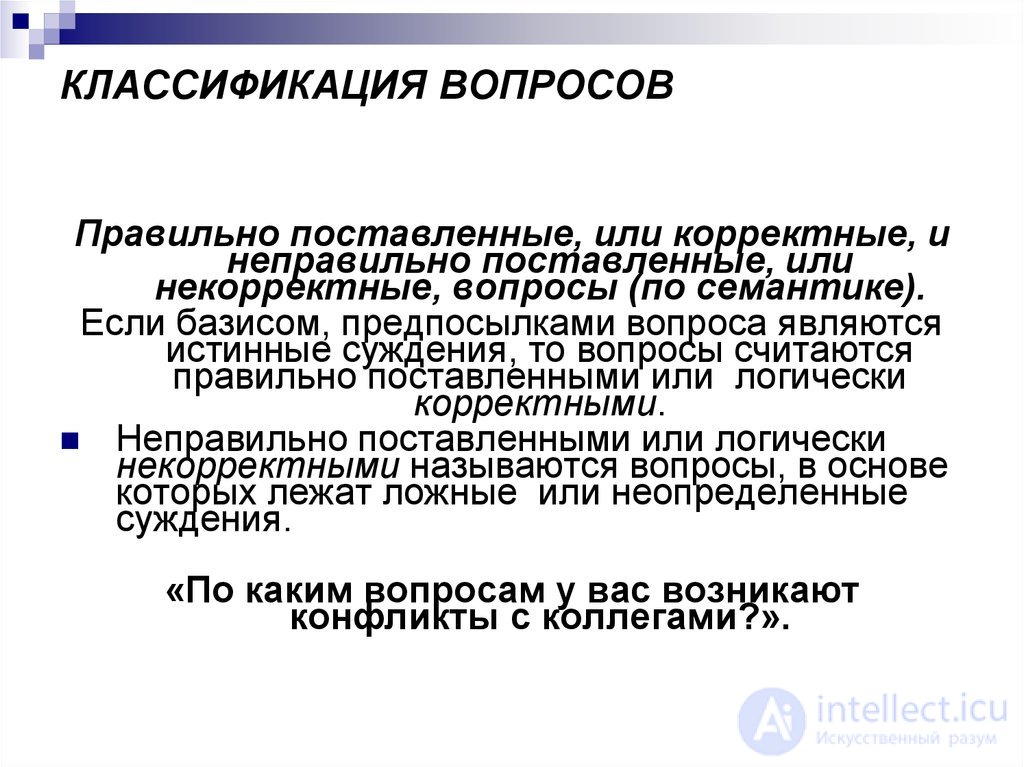
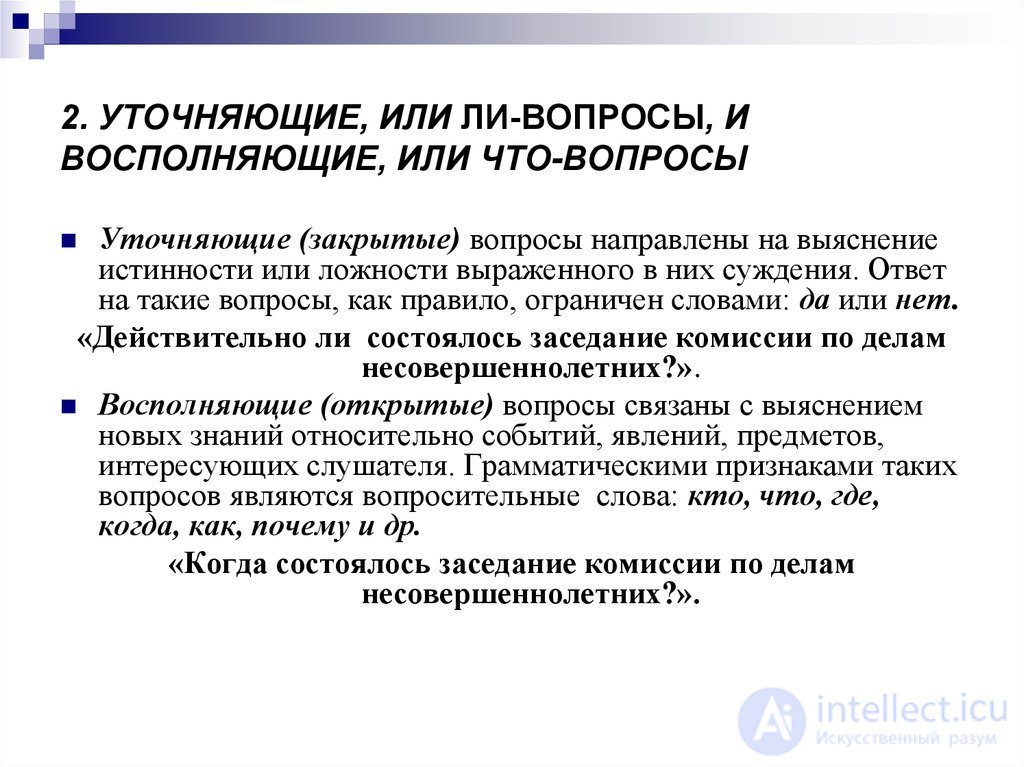
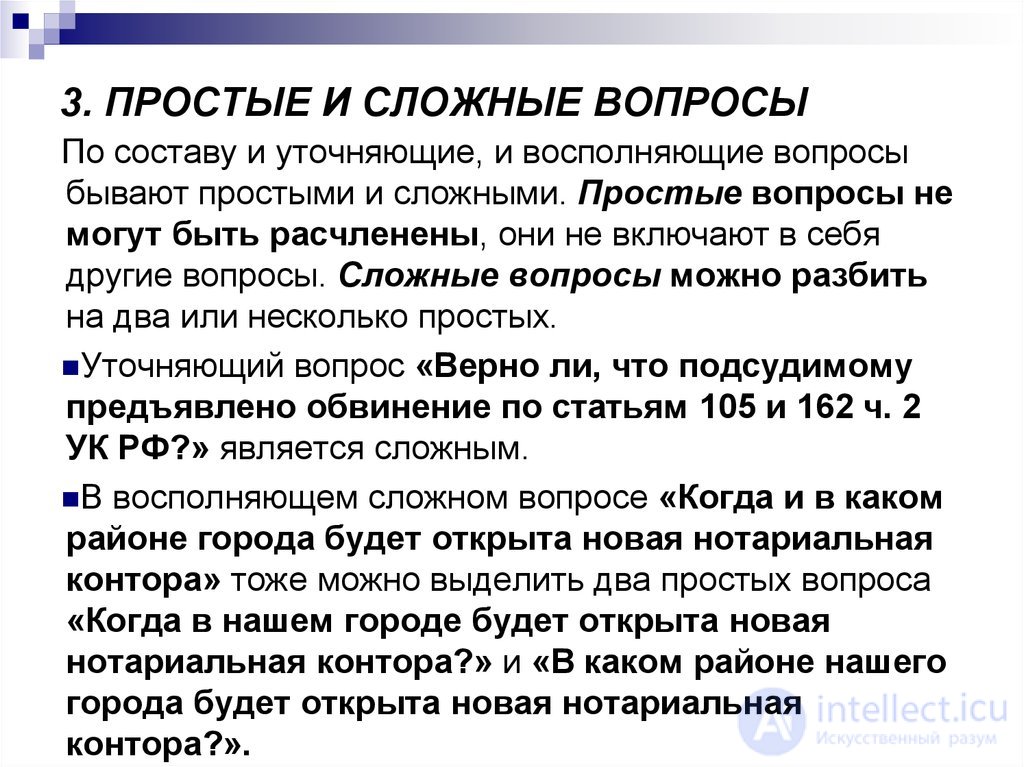
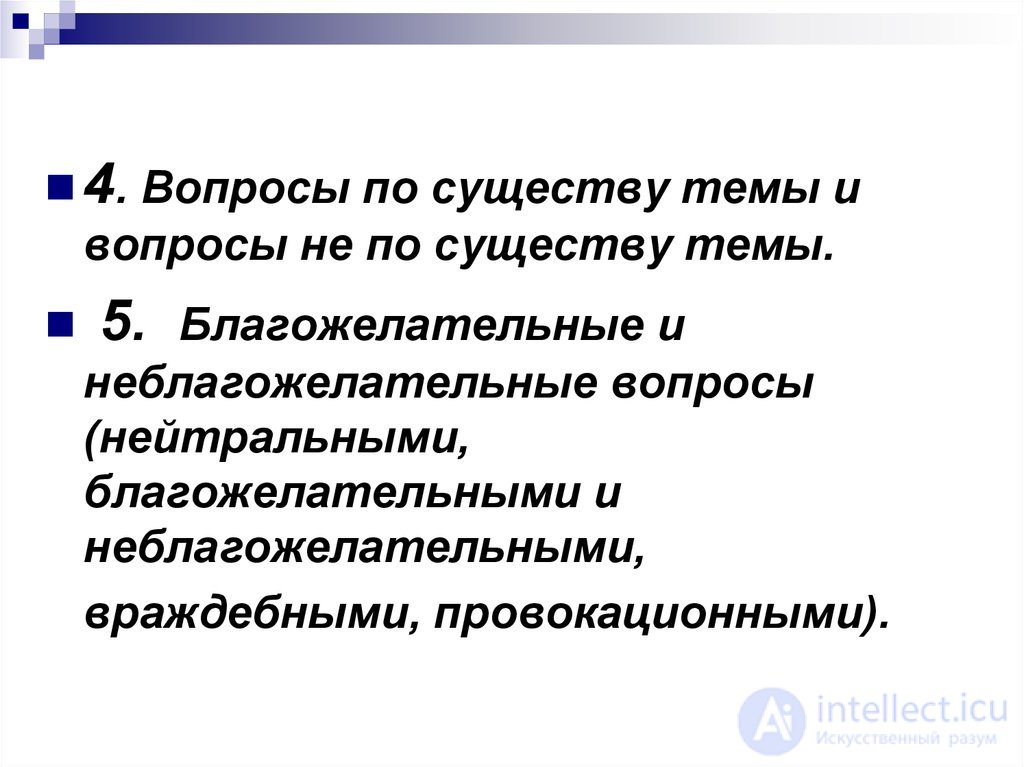
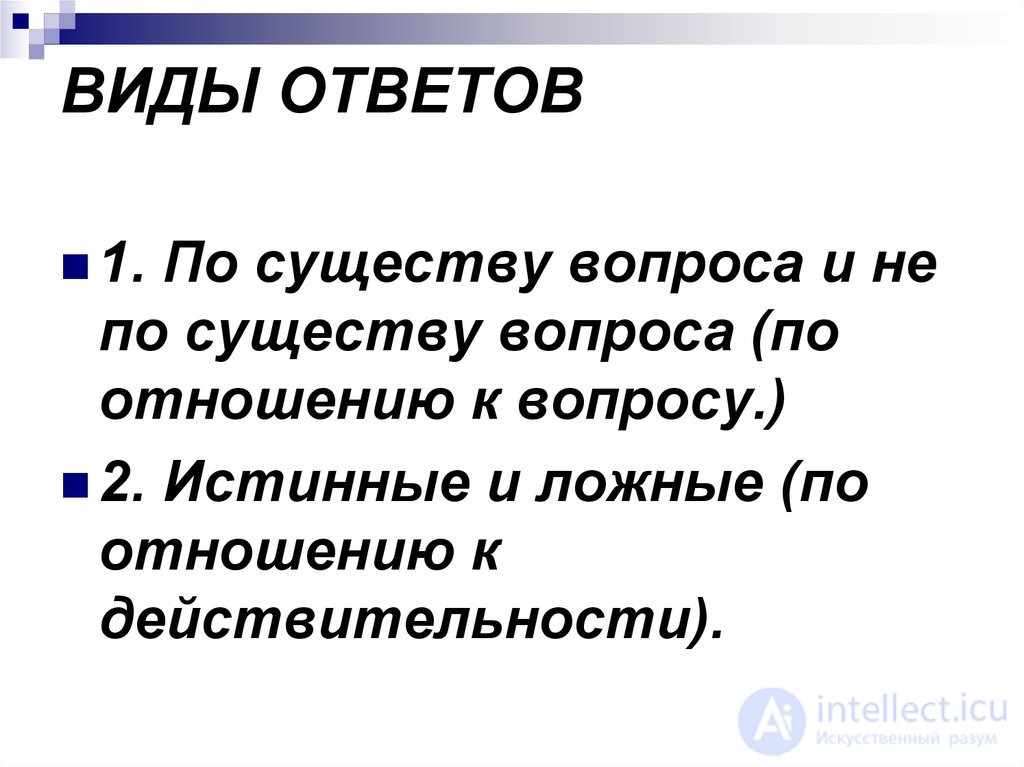
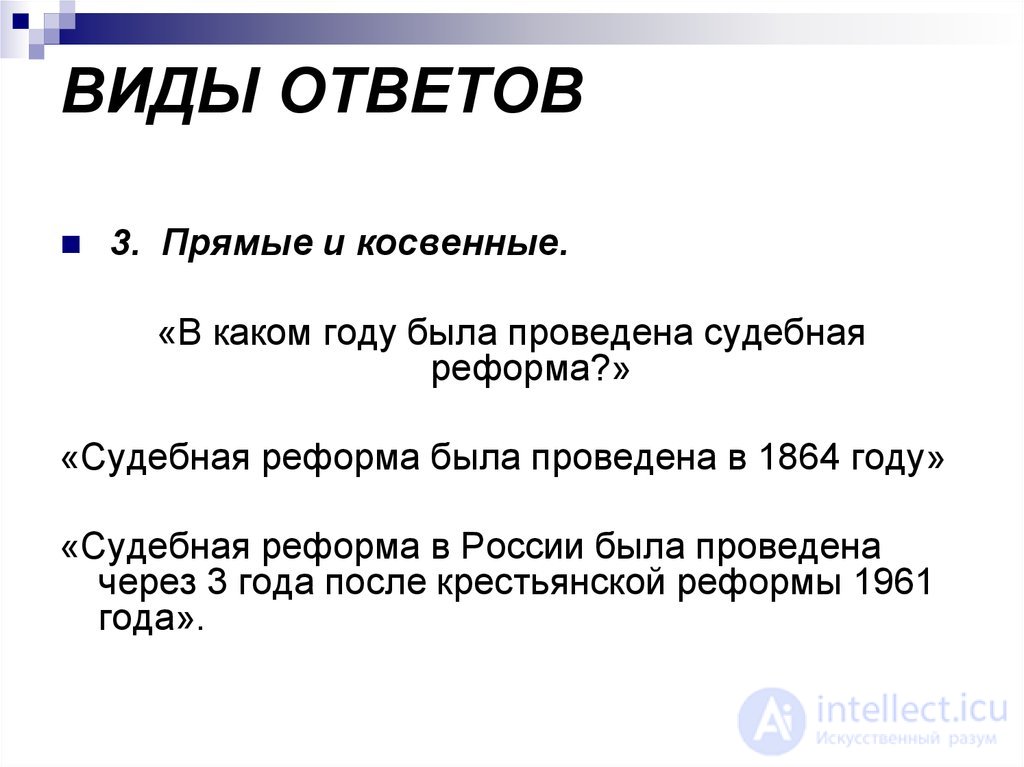
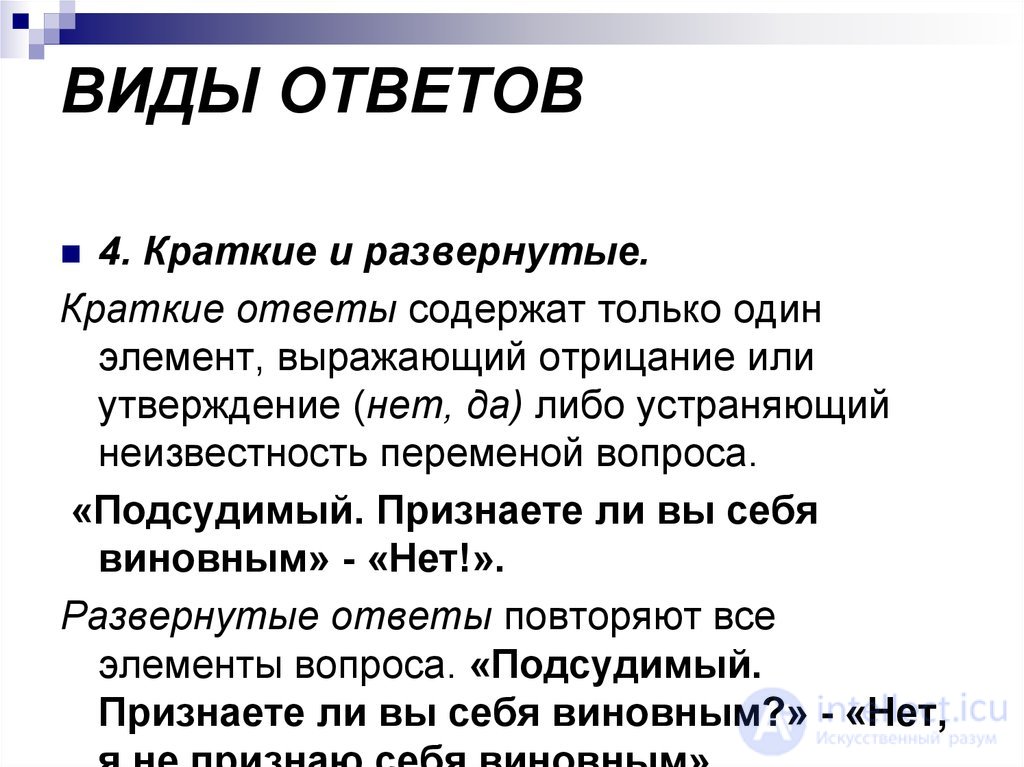
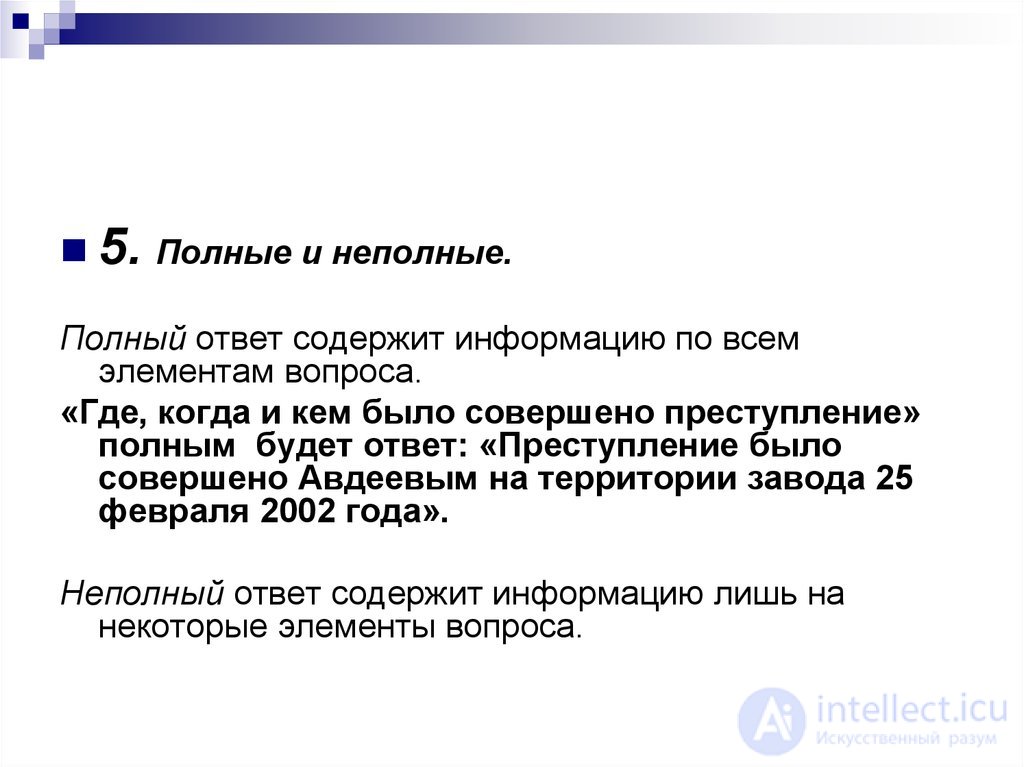
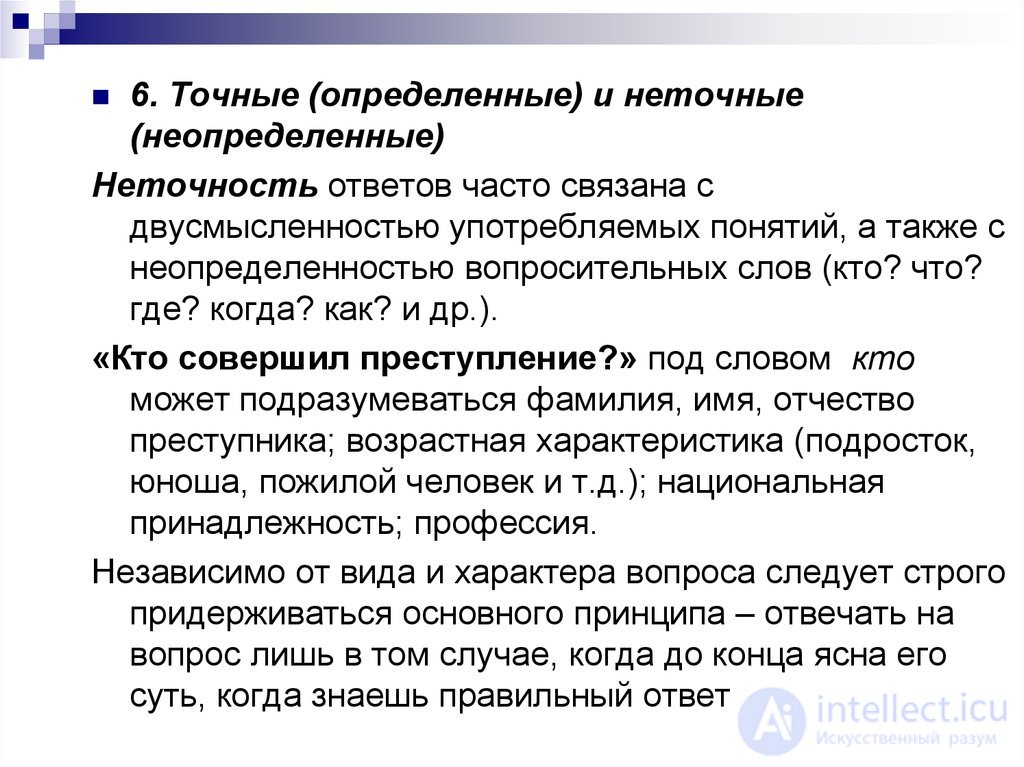
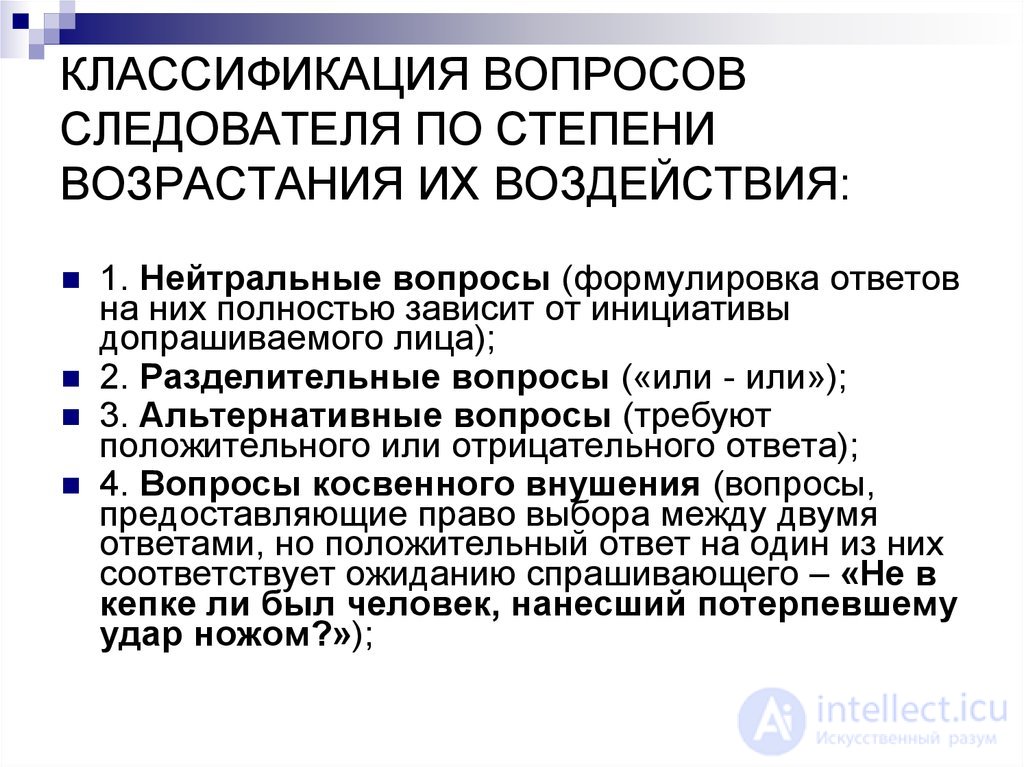

Comments
To leave a comment
Rhetoric
Terms: Rhetoric